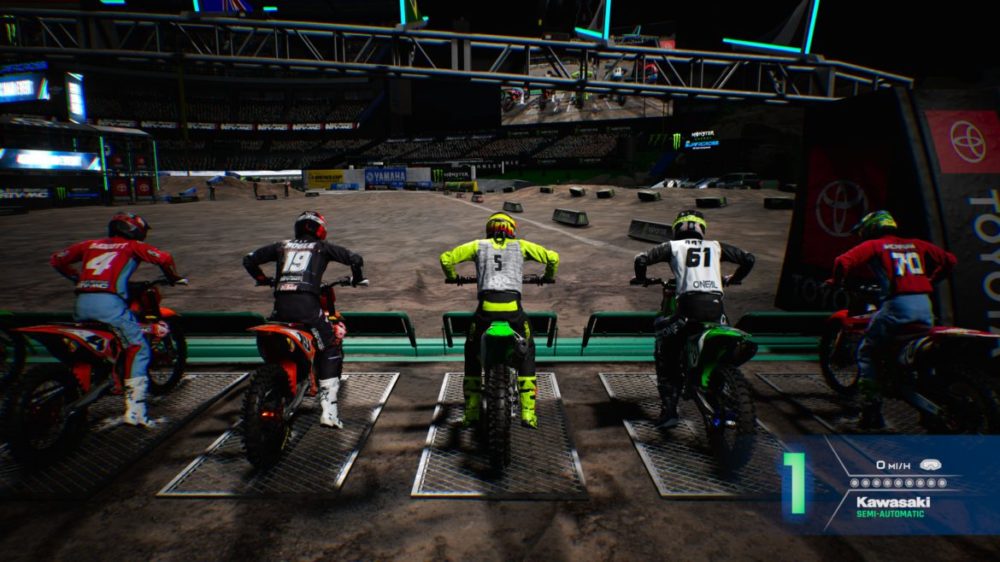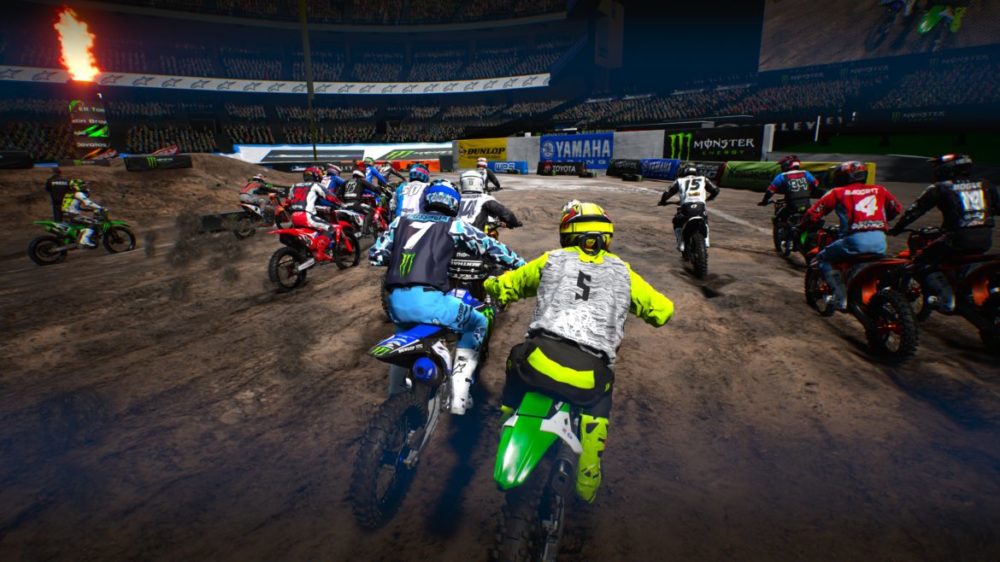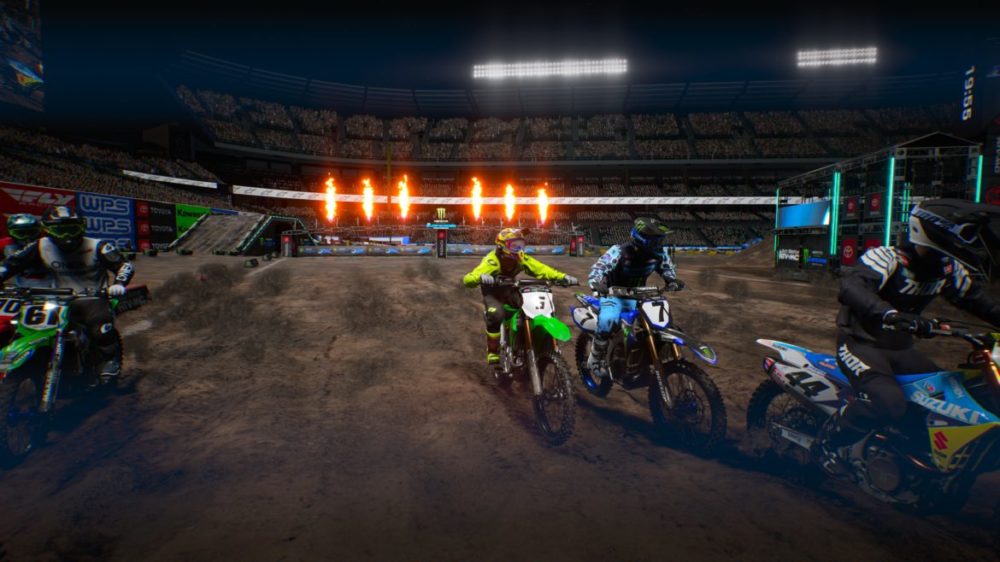TL;DR
Monster Energy Supercross 4 offers a visual upgrade over its predecessor with impressively realistic track degradation and mud effects, though not quite hitting all initial expectations. The game leans heavily into realism, making for a challenging but ultimately rewarding learning curve, especially in engaging multiplayer matches. While the career mode introduces a new skill tree and challenges for progression, it lacks strong narrative motivation. A significant plus is the inclusion of over 100 licensed drivers, featuring top talent like Eli Tomac and Ken Roczen. If you're after authentic Supercross thrills and a solid multiplayer experience, dive in! Read the full review to see if the career mode is worth your time.
As you may recall, I previously reviewed Ride 4. Monster Energy SuperCross 4, the subject of this review, is also a product of the Italian studio Milestone. Given their pedigree, expectations were high regarding the visual fidelity. However, there was also some apprehension, as I hoped the difficulty would be more manageable.

Concerning the graphics, they are generally well-rendered. While perhaps not fully meeting initial expectations, they demonstrably surpass those of Supercross 3. The developers’ efforts to enhance realism are apparent. To a degree, they have succeeded; at times, motion effects create a blending of colors, almost reminiscent of a watercolor painting. However, in areas where they have excelled, the results are impressive. For instance, the tracks visibly degrade with each subsequent lap, and the mud spray from the rear tire is realistically depicted.

Regarding the game mechanics, similar to Ride 4, the design emphasizes realism. Consequently, Supercross 4, like its counterpart, features a steeper learning curve compared to other racing titles. However, once the mechanics are understood and after a period of familiarization, the game provides highly engaging gameplay, especially in a competitive multiplayer setting (perhaps influenced by my own background in a motorsports-oriented family). Otherwise, the core gameplay remains largely consistent with its predecessor, Supercross 3, albeit with various enhancements and additions.

The standard career mode has been replaced with a revised structure, incorporating more official teams and a new skill tree that allows for driver progression throughout the career. While the concept is promising, the implementation lacks a compelling narrative or overarching context to motivate extended play. You might ask, “Is the career mode the exclusive source of skill points?” The answer is no. A new addition includes over 25 challenges, which also award skill points upon completion. A key improvement in Supercross 4 is the inclusion of over 100 officially licensed drivers from the 2020 season. This is significant because this iteration features both Eli Tomac and Ken Roczen, whom I consider to be two of the top drivers globally. Previous versions only included one of them. A new compound is available for training and free-roaming exploration, but its design is broadly comparable to that of Supercross 3, albeit with a different aesthetic.

In conclusion, this sequel features several upgrades compared to its predecessor. These include enhanced graphics, a revamped career mode, a new compound, and an array of new equipment, apparel, and motorcycle parts that can be unlocked during gameplay. However, players initially have only a single, pre-selected set of options available. Overall, the game provides an engaging multiplayer experience when played with friends. However, the single-player career mode feels somewhat perfunctory.
